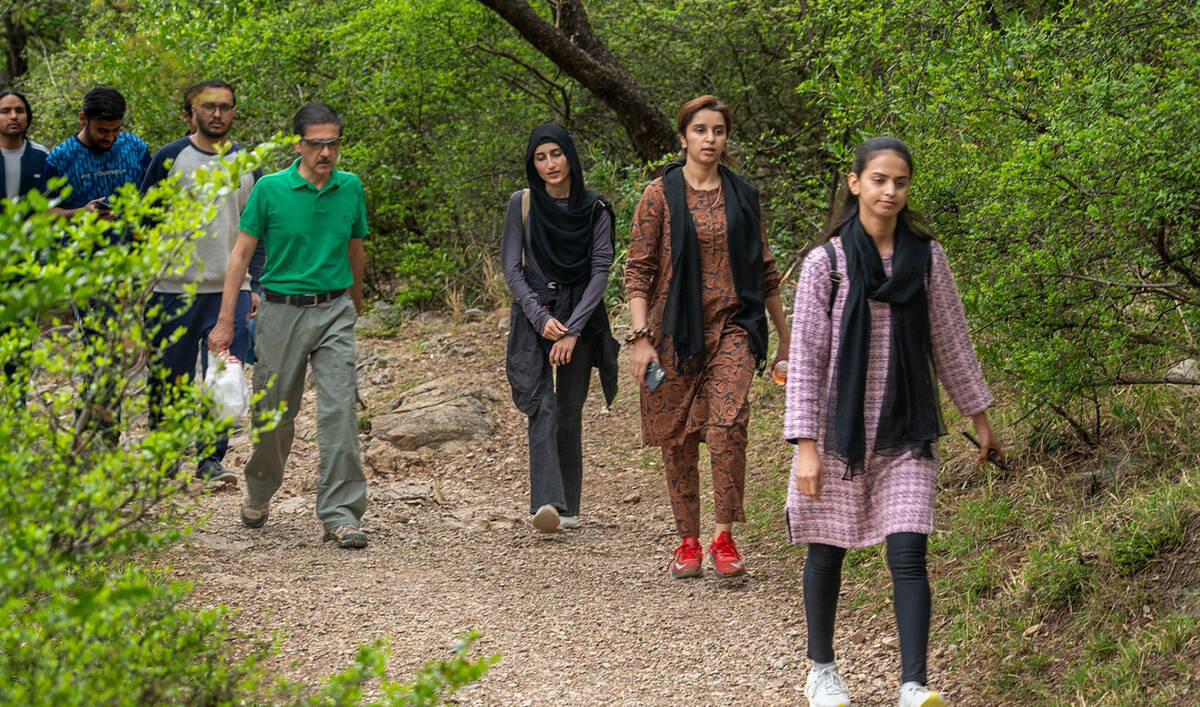LONDON: Archaeologists in Egypt have discovered a tomb belonging to an unknown pharaoh around 300 miles south of Cairo.
The site, which is being worked on by Egyptian and American researchers, is the second such discovery to be made this year and is believed to be around 3,600 years old.
The tomb was uncovered 23 feet below Abydos, one of Egypt’s oldest known ancient settlements.
With 16-foot-high vaults and ornate decorations across several chambers, the find dwarfs a previous discovery of a tomb in the area from 2014, previously the largest on record, which belonged to a king called Seneb-Kay.
Josef W. Wegner, a curator at the Penn Museum in Philadelphia who is leading the American side of the dig, told the New York Times: “It’s a new chapter in investigating this dynasty.”
The tomb of the unknown king contains painted scenes from ancient Egyptian mythology, including images of the goddesses Isis and Nephthys.
Describing the find as “exciting,” Wegner said: “This tomb and Seneb-Kay’s tomb are the earliest surviving royal tombs that actually have painted decorations inside of them.”
However, the tomb has suffered significant damage over the millennia, and no identifiable human remains have been recovered.
It is thought that grave robbers also ransacked the site in the past, with little in the way of artefacts found in the tomb.
The damage caused by the break-ins has also left much of the decoration tarnished, including rendering portions of writing on the structure bearing the king’s name illegible.
Wegner said the identity of the tomb’s owner may be found in other inscriptions on monuments and buildings around ancient Abydos, with two kings named Senaiib and Paentjeni identified as potential candidates.
He added that work would continue to preserve the find, and to uncover other tombs that may shed more light on the broader period, and potentially the identity of the unknown king.
“It’s always our dream to find one that’s intact or partially intact,” he said. “There may yet be tombs like that.”
Prof. Anna-Latifa Mourad-Cizek, a University of Chicago archaeologist, told the NYT that the find is “highly significant” for understanding “a fascinating period when Egypt was controlled by competing powers.”
Wegner said the era was defined by “a phase of warrior pharaohs fighting it out,” adding that the skeleton of Seneb-Kay bore wounds that suggested he could have died in battle.
Though the region was fragmented at the time, Wegner said, the Abydos dynasty was not “a kind of flash in the pan where you’ve got a handful of kings breaking off from whatever original territory they belonged to.”
The dynasty laid the foundations for the later unification of the country in what would later become known as “the great empire of the New Kingdom,” he added.





























